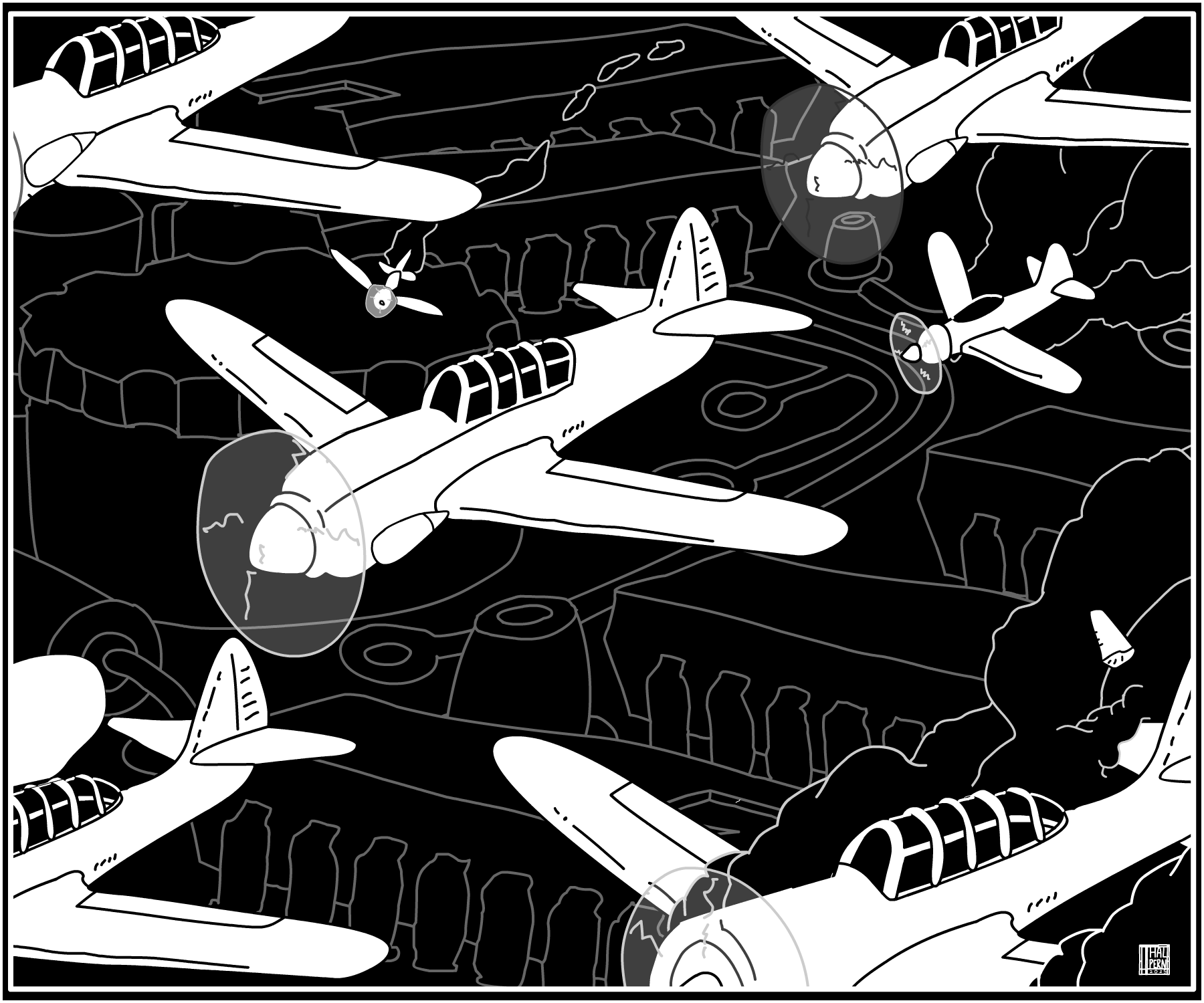We live in an urban era. There is no shortage of statistics on rural to urban migration, urban population explosions, and urbanization-related resource shortages and inequalities. Mushrooming megacities have become harbingers of impending scarcity crises or wellsprings of hope for those who see opportunities for economic growth in young populations and the formalization of informal economic activities. Cities have become battlegrounds for competing visions…
ARTWORKS
Overcast
ESSAYS
OLAMIDE UDOMA-EJORH
MAY EE WONG
On an exceptionally warm morning in March 2018, I visited the Sedef Shipyard in Tuzla, Istanbul, and met up with Fikri, an employee of Karpower for over a decade.
In addressing urgent electricity demands, many countries are looking toward quick power generation systems. One emergent system is powerships…
Since 2014, Zaha Hadid Virtual Reality Group, part of Hadid Partners Architecture Firm, has had a focus on cybernetic architecture. This architecture involves what they label the ‘metaverse’. The metaverse integrates physical with digital worlds seamlessly. In industry parlance it is world populated by what are euphemistically titled ‘cyber-physical’ assets.
I get asked regularly – usually as a last question during a panel discussion – to describe a future Lagos. Though I have been asked this many times, I never really know what to say. As a bustling ‘megacity’ with a population of 21 million people and counting, it is hard to know what Lagos’s future holds.
Since the 2008 United Nations declaration that the world is becoming increasingly urbanized, the notion of the ‘city-planet’ has become a well circulated trope, reflecting how urbanism is now understood as a phenomenon occurring on a planetary scale instead of merely a global one.















